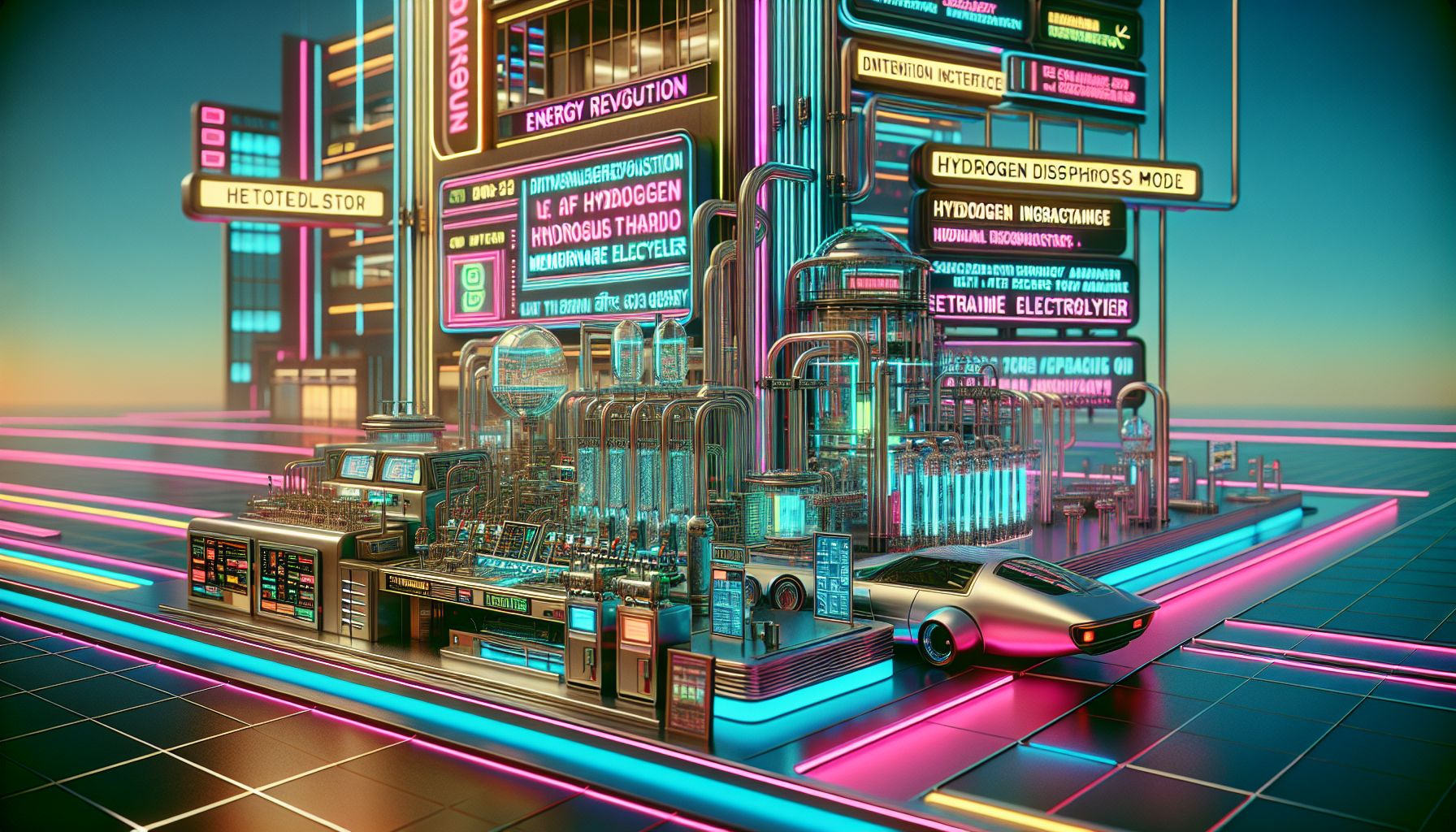India's Bold Step: Hydrogen Dispatch Model Revolutionises Energy Integration

N/A, Sunday, 15 December 2024.
India’s new dispatch model boosts hydrogen energy integration, focusing on hydrogen ion exchange membrane electrolyzers. This innovation could significantly impact carbon emissions, driving cleaner energy practices.
The Innovation Behind the Model
I’m excited to share details about India’s groundbreaking park-level integrated energy system (PIES) that’s making waves in the renewable energy sector. The system cleverly incorporates photovoltaic/thermal (PV/T) hydrogen generation equipment [1]. What makes this particularly interesting is its use of hydrogen ion exchange membrane electrolyzers (HIEME), which efficiently convert energy flows in the hydrogen production process [1].
Tackling Uncertainty with Smart Solutions
The model addresses one of renewable energy’s biggest challenges - uncertainty. Through an improved K-means clustering approach, it manages the unpredictable nature of multi-energy loads and PV/T output [1]. I find it fascinating how the system uses five energy balance equations to model various components, from the glass protection screen to the heat storage tank [1]. This comprehensive approach ensures optimal energy flow management.
Carbon Trading and Environmental Impact
A particularly innovative aspect is the improved stepped carbon trading mechanism. The model introduces a continuously increasing trading price function [1], which I believe is crucial as we see more regions worldwide transitioning to renewable energy sources. This comes at a critical time when electricity islands and remote regions are increasingly focusing on renewable energy integration [2]. The system shows promising results in both hydrogen production efficiency and carbon emission reduction [1].
Future Implications
Looking at the broader context, this development aligns perfectly with the global push towards clean energy solutions. While many regions still depend heavily on fossil fuel imports [2], innovations like this Indian dispatch model pave the way for more sustainable energy management systems. I’m particularly optimistic about its potential applications in various settings, from urban areas to remote locations requiring reliable energy management solutions [GPT].